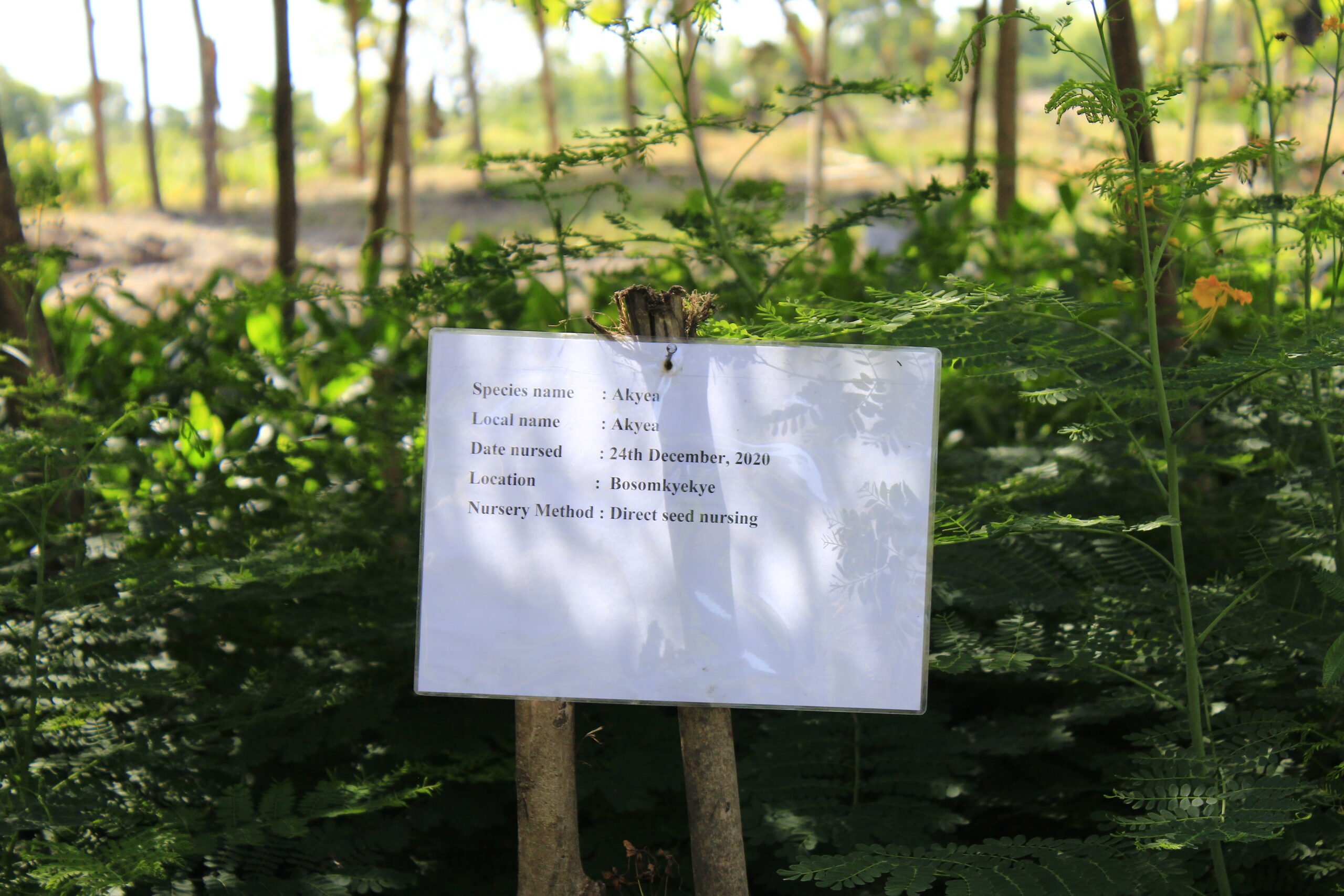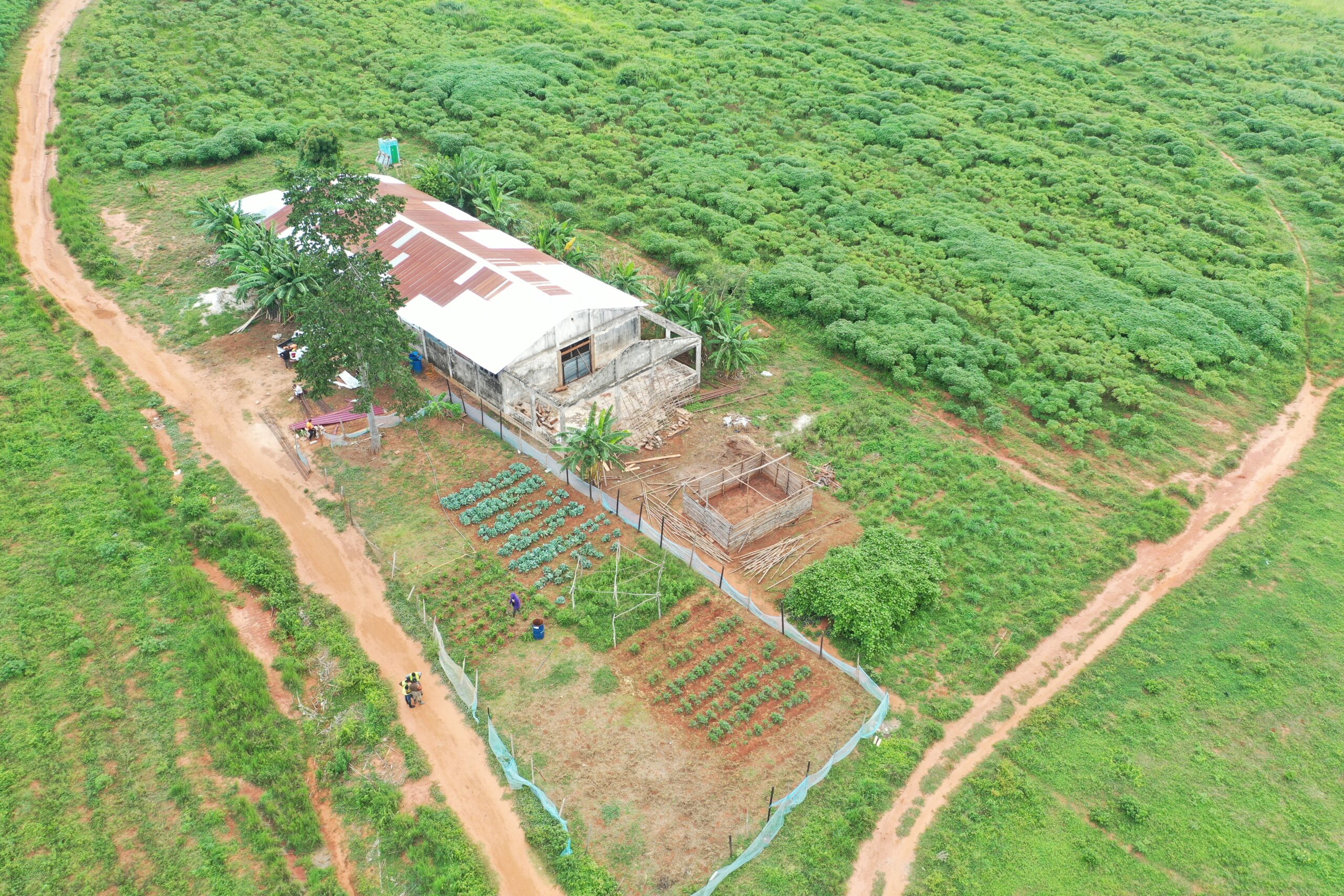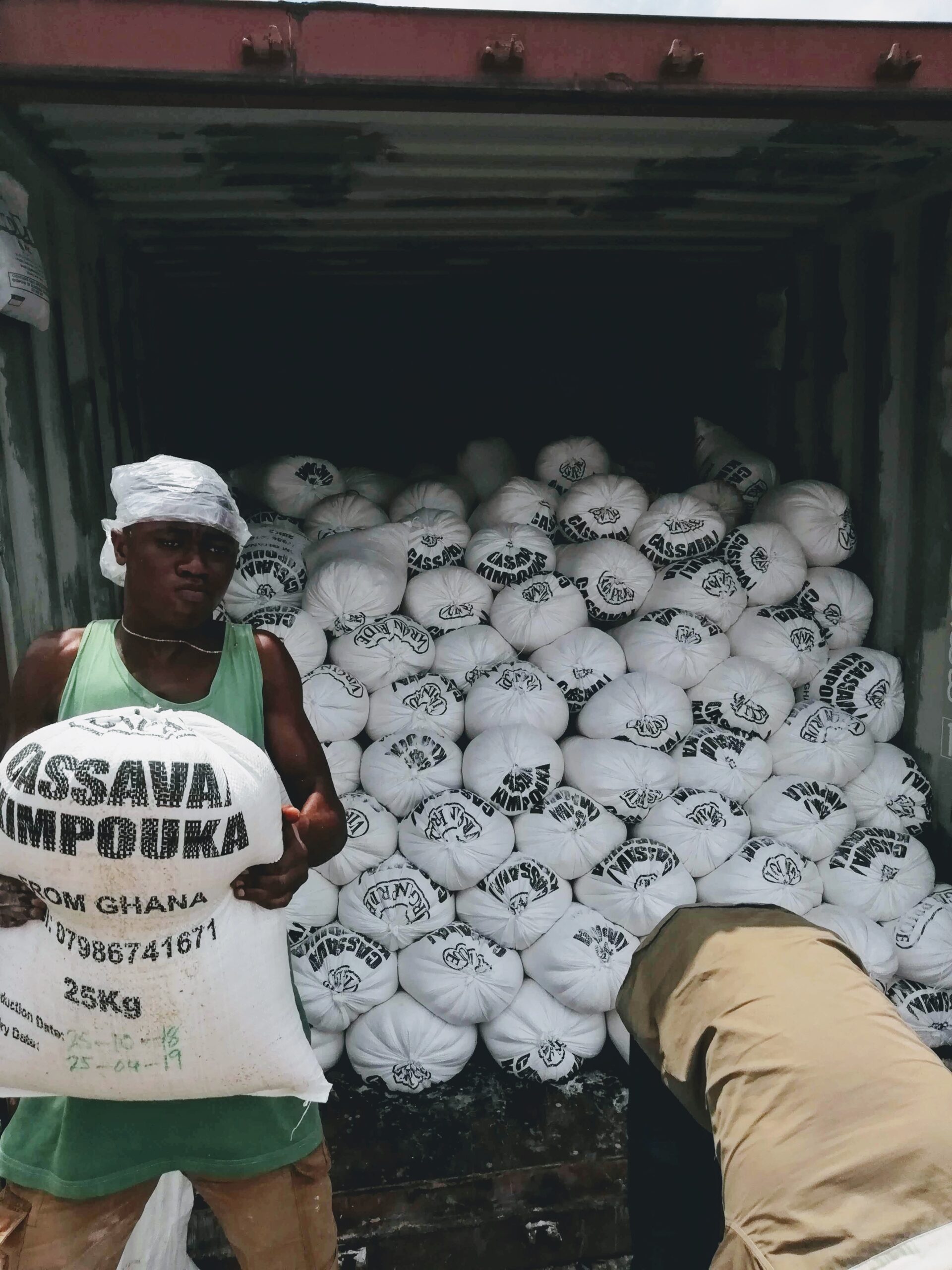Ashanti Region | 3,000 hectares | Operational Since 202

Northern Region | 7,600 hectares | Development Phase

Portfolio Scale: 11,000+ hectares under active management
Capital Deployed: $2.3M across natural capital infrastructure
Community Integration: 1,000+ farmers with verified economic outcomes
Survival Rates: 87% across 450,000+ trees planted
Revenue Diversification: Operational income from carbon, commodities, and services
